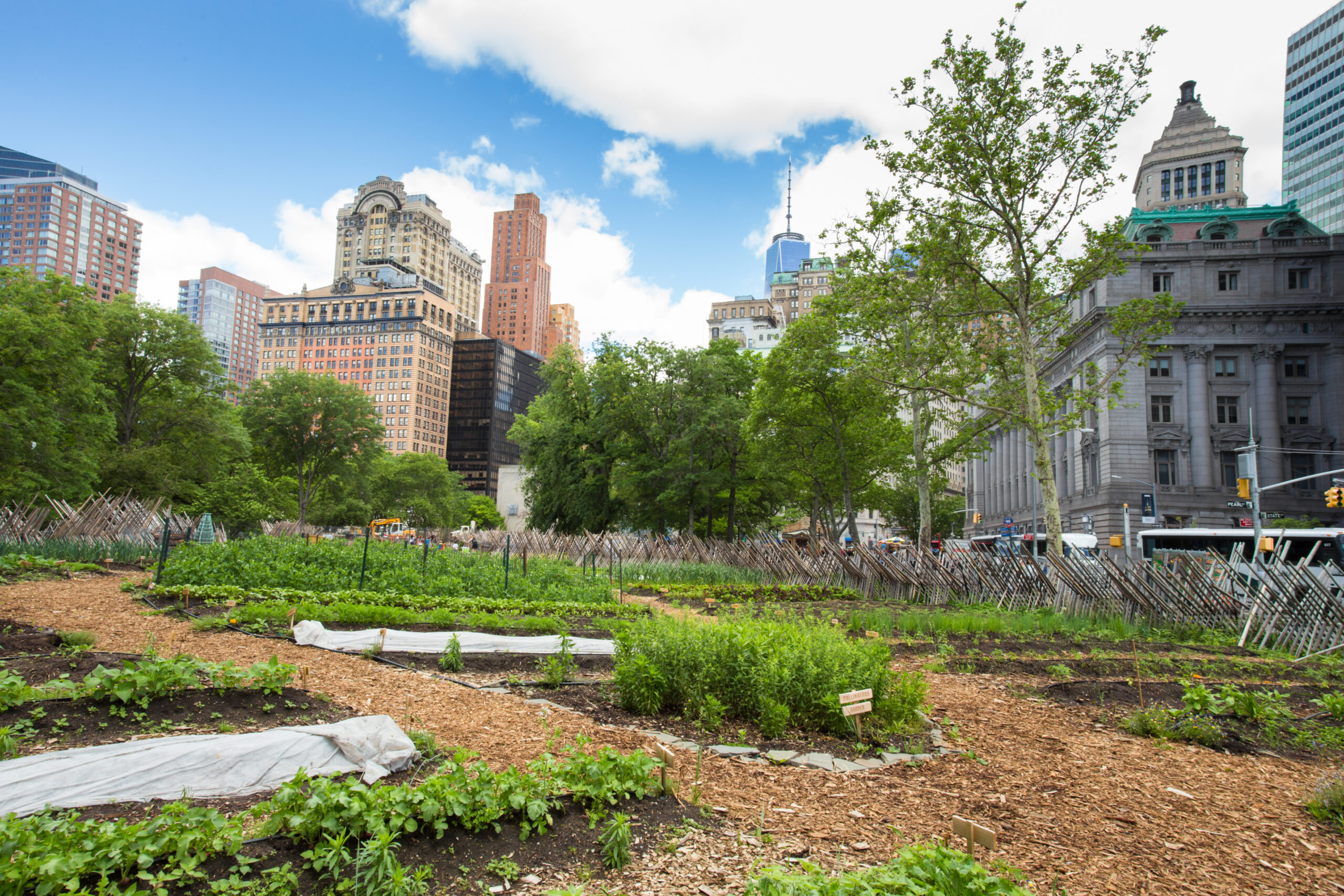5 Simple Techniques For City Blooming
City Blooming for Dummies
Table of ContentsCity Blooming Fundamentals ExplainedCity Blooming Things To Know Before You BuyWhat Does City Blooming Do?Not known Facts About City Blooming7 Simple Techniques For City Blooming
Intrigued in expanding food to buy in the City of Chicago? Believing about beginning a community yard? Adjustments to the Chicago Zoning Regulation allow farming uses like neighborhood yards and metropolitan farms in several parts of the city. Below is a checklist of regularly asked concerns pertaining to the policies and policies that farmers need to take into consideration when intending a city agriculture project.
The zoning change does not modify any type of other codes dealing with composting, structure licenses, purchasing or renting City owned property, organization licenses or ecological contamination. There are existing codes that manage these concerns and they continue to be completely result and may apply to your project. Area gardens are typically owned or handled by public entities, public organizations or community-based companies and maintained by volunteers.
Urban farms grow food that is planned to be sold, either on a not-for-profit or for-profit basis. Due to their commercial function, metropolitan ranches call for a service certificate. Yes. A neighborhood yard is allowed to offer excess create that was expanded on website if the sales are accessory or subservient to the garden's primary objective explained over.
The 8-Minute Rule for City Blooming
The amount of compost material can not go beyond 25 cubic yards at any kind of given time according to the criteria in 7-28-715 of the City's Municipal Code. Because the dirt at the majority of new garden websites requires changing, garden compost, soil, timber chips, or various other products can be obtained to create or enhance the growing room.

If a building license is called for then the hoophouse will certainly be taken into consideration an accessory structure. You can learn even more regarding the structure license requirements by calling the Division of Buildings. The 25,000-square-foot dimension limitation is planned to stop a single area yard from dominating a given block or interfering with the block's existing domestic or business character.
The limitation does not relate to gardens situated in Public Open Space (POS) areas. Can there be greater than one community yard that is 25,000 square feet on a single block? Yes. The dimension limitation relates to private gardens, not to private blocks. No. Fencing is not needed, nevertheless, gardens that have large car parking locations may be required to set up fence or various other landscaping features.
The Best Strategy To Use For City Blooming
B1 & B2 districts require that all business use activities be performed inside. R areas limit commercial activity. The regulations show the function and intent of the Zoning Code. Is fencing required for metropolitan ranches? Yes. Fences may be needed, in addition to landscaping and screening, for sure car park locations and outdoor job or storage space locations relying on area and the details task occurring.
Urban ranches call for structure permits and zoning approvals prior to building (sustainable gardening). Other types of city evaluation might be called for depending on details frameworks, tasks, size, landscape design, licensing, public heath check out here and stormwater administration problems.
The Division of Business Matters and Consumer Security can assist identify the details kind of business certificate that's called for. Off road car parking is required for many commercial jobs in Chicago. The required number of auto parking areas is based on the number of staff members working on site and not the square video footage of the growing area.
Some Known Questions About City Blooming.

A city ranch can offer garden compost product produced on site, however, the operation has to comply with the guidelines in 7-28-715 of the Chicago Municipal Code. Aquaponic systems are enabled indoors on urban farms in several zoning areas.
Approximately five hives or colonies of honey bees might be maintained as an accessory use. Nonetheless, beekeepers have to sign up with the Illinois Department of Agriculture. For more details regarding the suggested zoning change you might contact the Division of Housing and Economic Development, Bureau of Preparation and Zoning at 312.744.8563.
Farming in cities and metropolitan areas A city ranch in Chicago. Urban farming refers to different practices of growing. https://allmyfaves.com/cityblooming?tab=City%20Blooming, processing, and dispersing food in metropolitan areas. The term likewise relates to the area tasks of pet husbandry, tank farming, beekeeping, and gardening in an urban context. Urban farming is distinguished from peri-urban farming, which happens in country areas beside suburban areas.
Some Known Factual Statements About City Blooming
, who seek to create social networks established on a shared ethos of nature and community holism. These networks can create by way of formal institutional support, coming to be incorporated into local town preparation as a "shift community" activity for sustainable urban advancement.
Some of the initial proof of metropolitan farming comes from Mesopotamia.